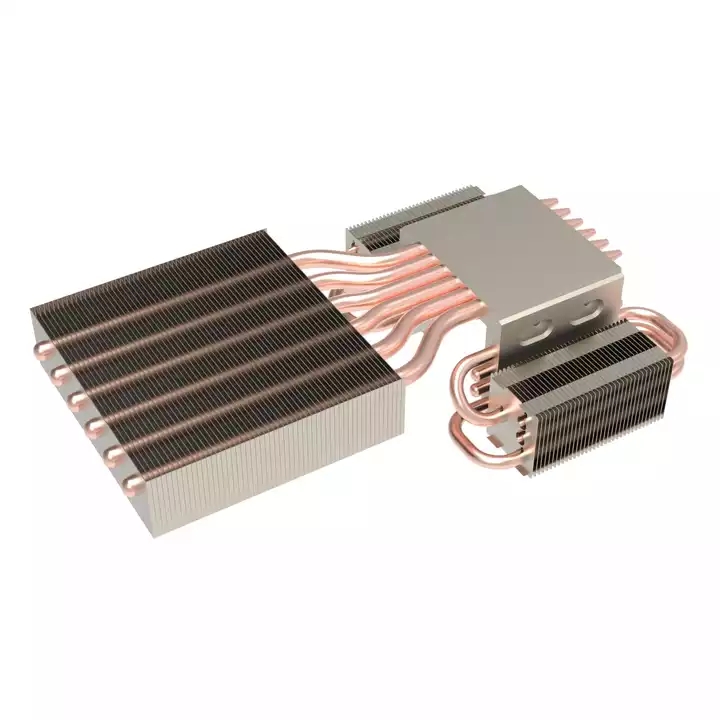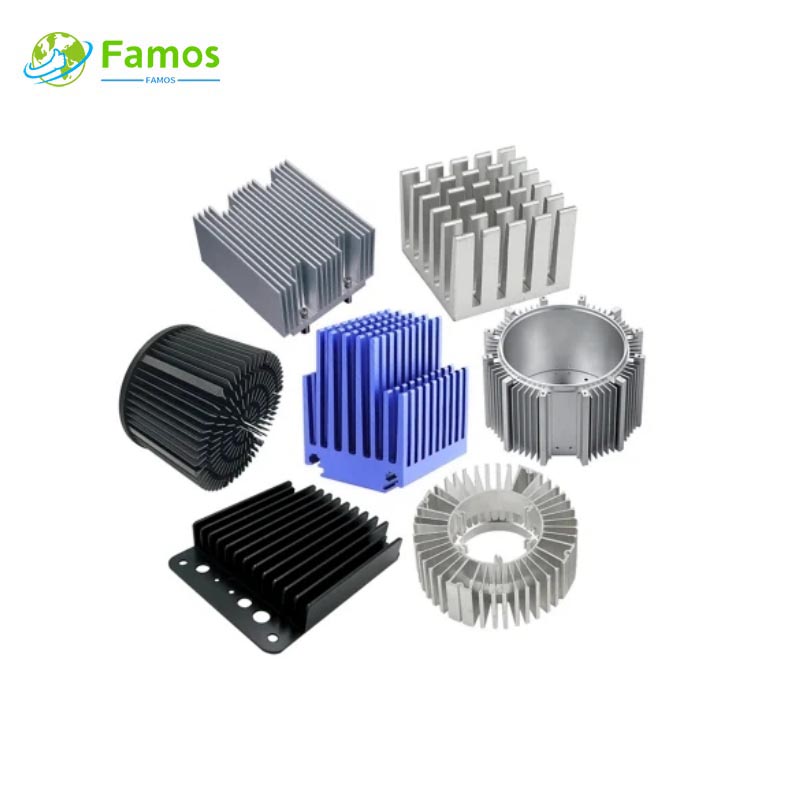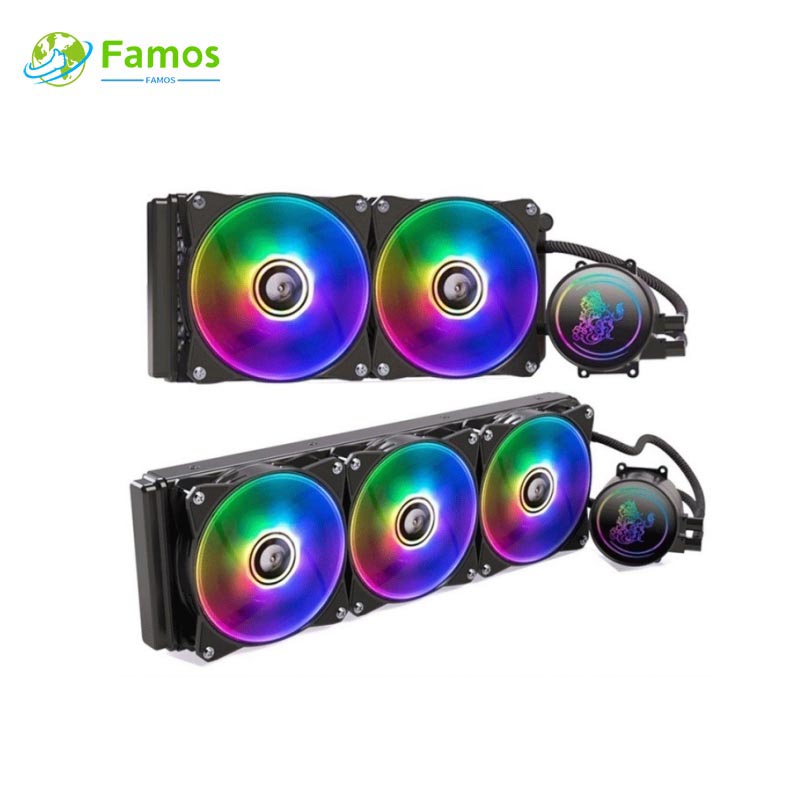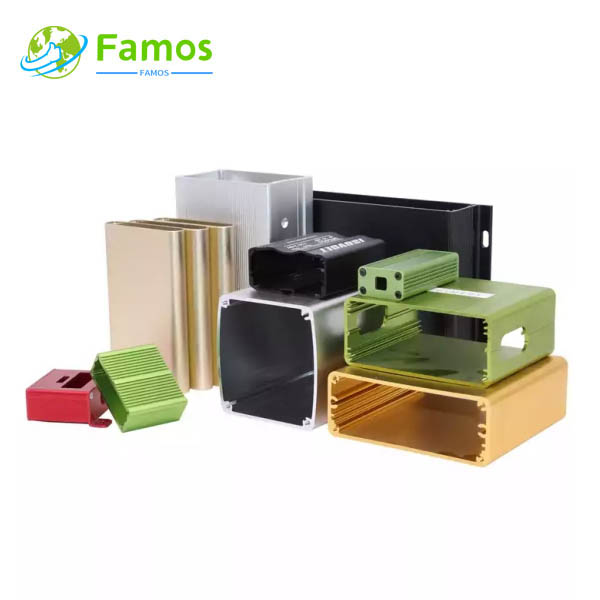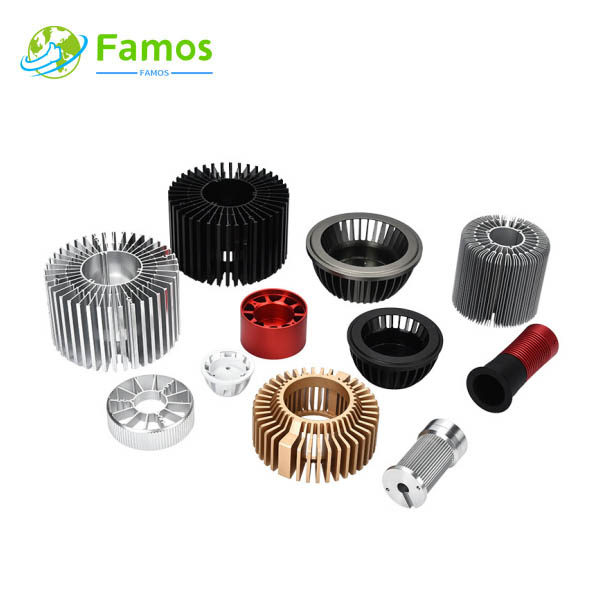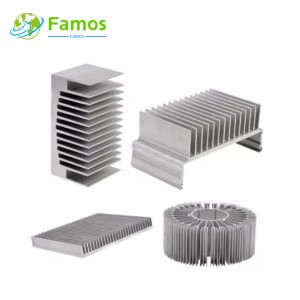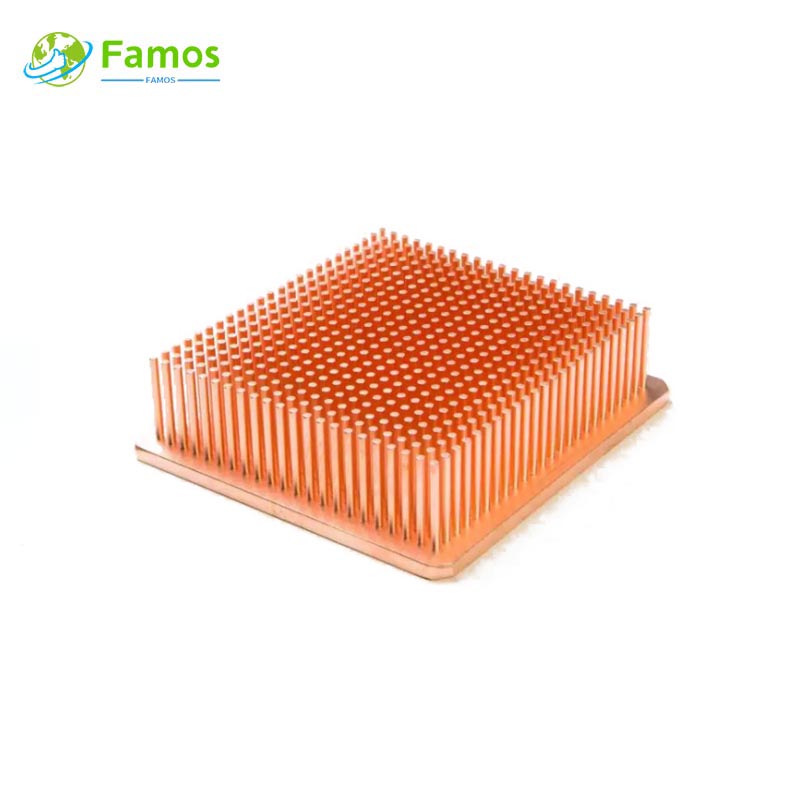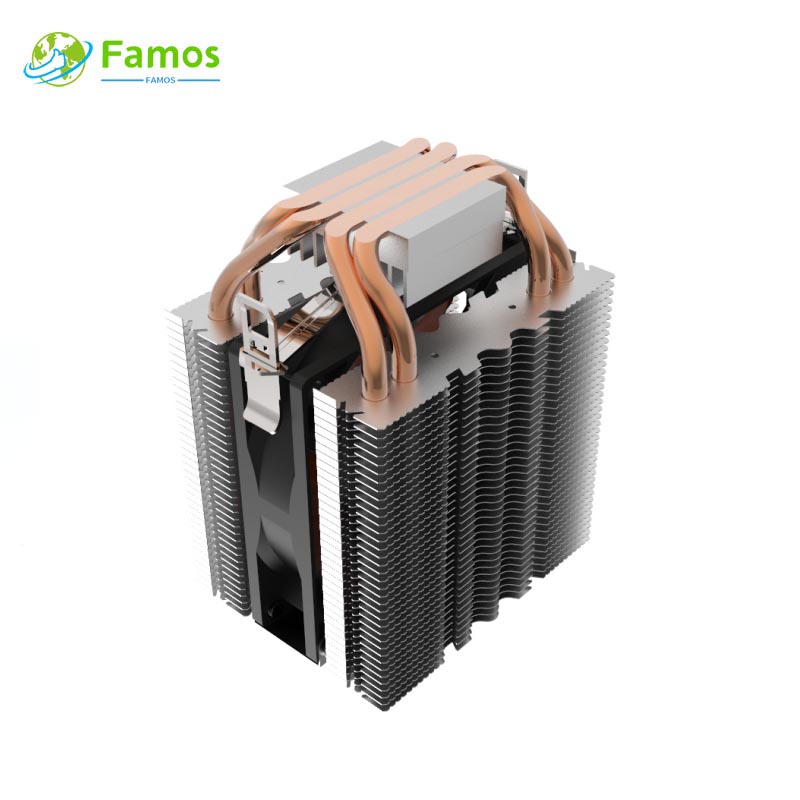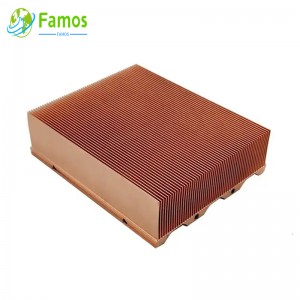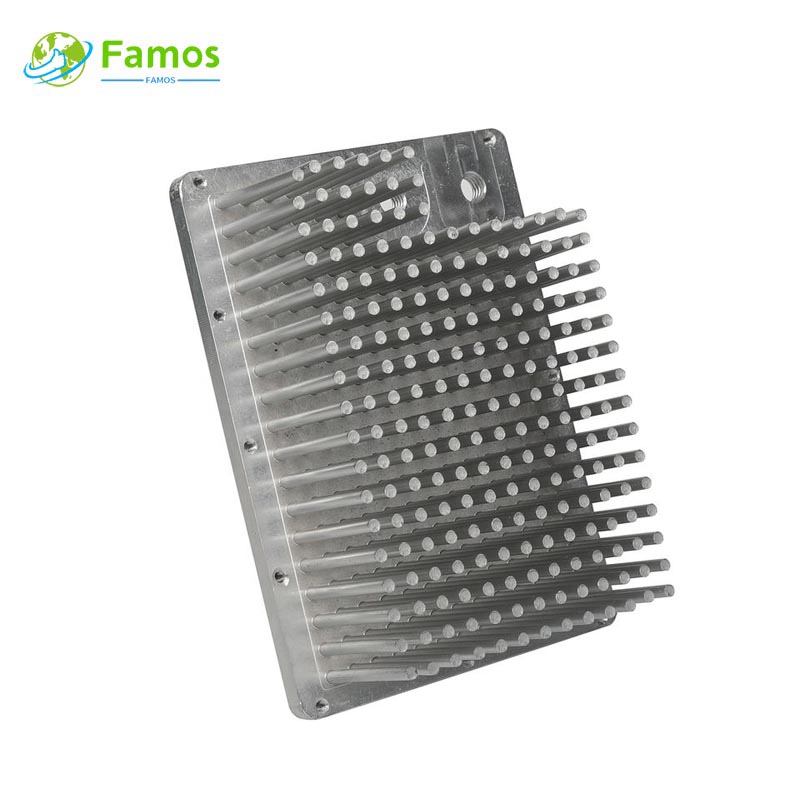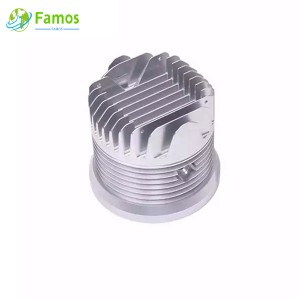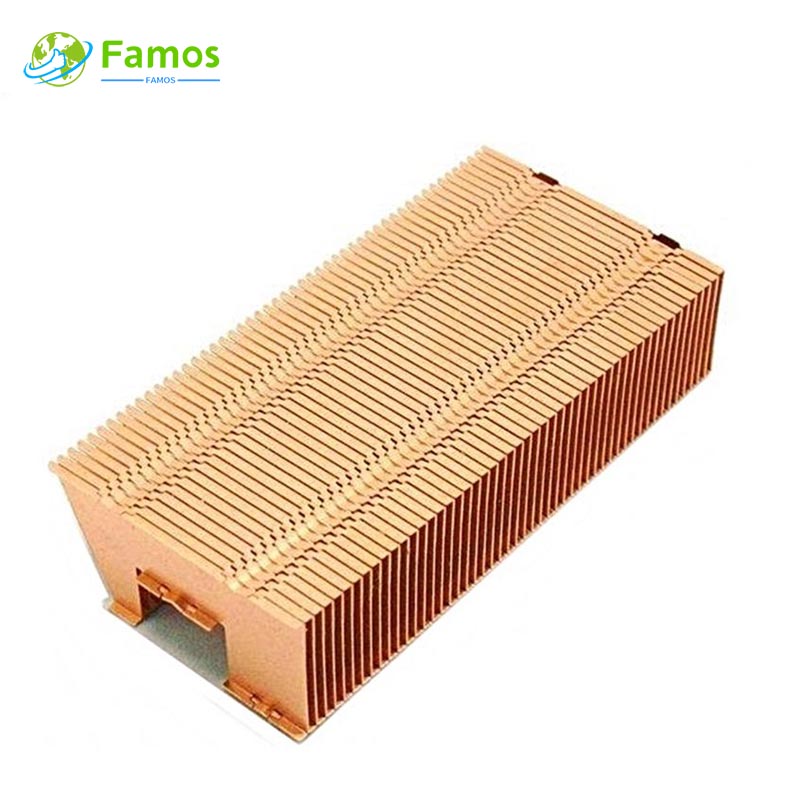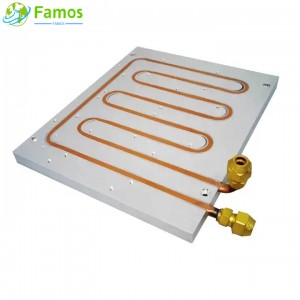In today's rapidly evolving technological landscape, the demand for high-performance electronic devices has never been greater. As electronic components become more powerful, their operating temperatures rise considerably, leading to overheating and potential damage. This is where innovative cooling solutions like heat sinks with heat pipes come to play a crucial role. These cutting-edge systems are designed to efficiently dissipate heat and ensure the seamless operation of electronic devices. In this article, we will explore the benefits of heat sinks with heat pipes and how they are revolutionizing the cooling industry
Before delving into the advantages of heat sinks with heat pipes, let's first understand their fundamental structure and functioning. A heat sink acts as a passive cooling component that absorbs and disperses heat generated by electronic components. Traditionally, heat sinks were made of materials like aluminum or copper designed with fins or ridges to increase their surface area. This increased surface area facilitated the transfer of heat from the electronic component to the surrounding environment. However, with the continuous advancements in technology, it became imperative to explore more efficient cooling solutions.
This is where heat pipes enter the picture. A heat pipe is a heat transfer device that operates on the principles of phase change and evaporation. It consists of a sealed copper or aluminum tube filled with a working fluid, typically water or a refrigerant. The heat pipe transfers heat from one location to another through the process of evaporation and condensation. When heat is applied to the evaporator section of the heat pipe, the working fluid vaporizes, absorbing the heat in the process. The vapor then travels through the tube to the condenser section, where it condenses back into a liquid, releasing the heat. This condensed fluid is then returned to the evaporator section through capillary action, completing the cycle.
When heat sinks are combined with heat pipes, the result is a highly effective cooling solution that offers numerous benefits. Let's explore some of these benefits in detail.
1. Enhanced Heat Dissipation:
Heat sinks with heat pipes significantly enhance the heat dissipation capabilities of electronic devices. The combination of the heat sink's increased surface area, along with the efficient heat transfer properties of heat pipes, allows for rapid and effective cooling. This helps to keep the electronic components operating within their recommended temperature limits, thereby increasing their reliability and lifespan.
2. Improved Thermal Conductivity:
Heat pipes possess excellent thermal conductivity, which enables them to transfer heat more efficiently than traditional cooling solutions. By incorporating heat pipes into heat sinks, the overall thermal conductivity of the system is enhanced, ensuring that heat is quickly and evenly distributed across the cooling component. This prevents hotspots and minimizes temperature differentials, resulting in more consistent and stable device performance.
3. Compact Design:
Heat sinks with heat pipes offer a compact cooling solution that can easily fit into space-constrained electronic devices. The combination of heat sinks and heat pipes allows for efficient heat dissipation in a smaller footprint, making them highly suitable for various applications, including laptops, gaming consoles, and industrial equipment. The compact design also enables effective cooling in densely packed electronic circuits, where airflow might be limited.
4. Silent Operation:
One notable advantage of heat sinks with heat pipes is their silent operation. Unlike active cooling solutions, such as fans or pumps, heat sinks with heat pipes rely on passive cooling principles and do not emit any noise. This makes them suitable for applications where noise reduction is crucial, such as home theater systems or recording studios.
5. Energy Efficiency:
Heat sinks with heat pipes contribute to energy efficiency since they eliminate the need for power-consuming fans or pumps. By utilizing the natural heat transfer mechanisms of heat pipes, these cooling solutions can dissipate heat effectively without any additional energy consumption. This results in lower power consumption, reduced carbon footprint, and increased energy savings.
6. Reliability and Longevity:
Heat sinks with heat pipes significantly enhance the reliability and longevity of electronic devices by ensuring that they operate within optimal temperature ranges. By effectively dissipating heat, these cooling solutions reduce the risk of overheating, component degradation, and premature failure. This is particularly crucial in critical applications or devices where downtime or failure is not an option.
In conclusion, heat sinks with heat pipes offer numerous benefits that enhance the performance and efficiency of electronic devices. The combination of the increased surface area of heat sinks and the efficient heat transfer properties of heat pipes results in enhanced heat dissipation, improved thermal conductivity, compact design, silent operation, energy efficiency, and increased reliability. As the demand for high-performance electronic devices continues to rise, heat sinks with heat pipes are proving to be indispensable cooling solutions, ensuring seamless operation and prolonging the lifespan of these devices.
If You Are in Business, You May Like
Types of Heat Sink
In order to meet different heat dissipation requirements, our factory can produce different type heat sinks with many different process, such as below:
Post time: Jun-25-2023

